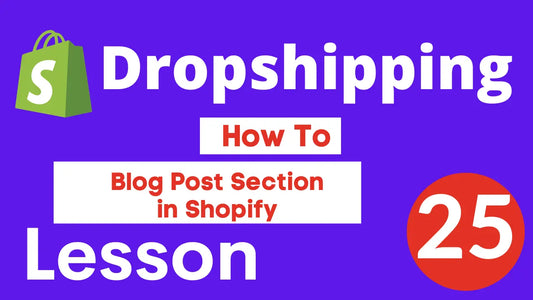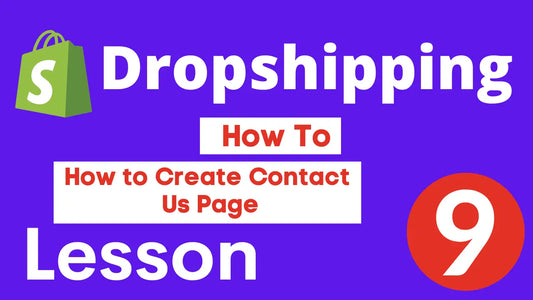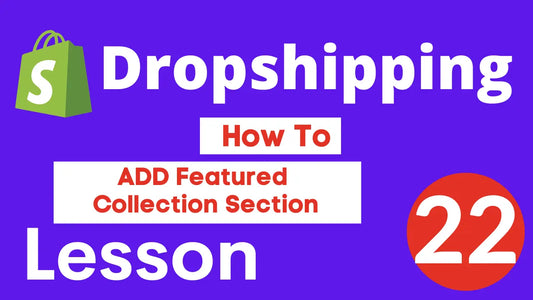How to Use Bard AI by Google
Bard AI is a new AI chatbot that can answer your questions, generate text, translate languages, write different kinds of creative content, and more. It is still under development, but it has the potential to be a powerful tool for a variety of tasks.
What is Bard AI?
Bard AI is a large language model, also known as a conversational AI or chatbot, trained to be informative and comprehensive. It is trained on a massive amount of text data, and is able to communicate and generate human-like text in response to a wide range of prompts and questions. For example, Bard AI can provide summaries of factual topics or create stories.
How to use Bard AI?
To use Bard AI, simply visit the Bard AI website and sign in with your Google account. Once you are signed in, you can start asking Bard AI questions. Bard AI will respond to your questions in a clear and concise way, and will even provide links to additional resources if needed.
What can Bard AI do?
Bard AI can do a lot of things! Here are just a few of the things that Bard AI can do:
- Answer your questions
- Generate text
- Translate languages
- Write different kinds of creative content
- Help you with your work or studies
- Keep you entertained
How to get the most out of Bard AI?
To get the most out of Bard AI, I recommend that you:
- Be specific in your questions. The more specific you are, the better Bard AI will be able to understand you.
- Use natural language. Don't worry about using technical terms or jargon. Bard AI is designed to understand natural language.
- Be patient. Bard AI is still under development, so it may not always be able to answer your questions perfectly. But it will get better over time.
What’s Bard all about?
We’ve long seen the potential to make information and computing much more accessible through conversational AI. Two years ago, we unveiled
Bard is an experiment based on this same technology that lets you collaborate with generative AI. As a creative and helpful collaborator, Bard can supercharge your imagination, boost your productivity, and help you bring your ideas to life—whether you want help planning the perfect birthday party and drafting the invitation, creating a pro & con list for a big decision, or understanding really complex topics simply.
If you’re interested in the more technical details, LaMDA is a Transformer-based model, the machine-learning breakthrough
What terms of service apply to my Bard usage?
Your use of Bard is subject to the
How many languages does Bard speak?
Right now, Bard is available in US English, Japanese and Korean, and we are teaching Bard to speak as many languages as possible.
Who can use Bard?
To use Bard, you must be 18 or over. You also need a personal Google Account that you manage on your own, or a Google Workspace account for which your admin enabled access to Bard. If you're a Google Workspace admin,
You can’t access Bard with a Google Account managed by Family Link or with a Google Workspace for Education account designated as under the age of 18.
Right now, Bard may not be available in your country, but we will be rolling out to new languages and countries over time.
How can I help make Bard better?
One important part of developing responsibly is expanding participation, so more people can experience Bard, provide feedback, and help Bard improve. You can rate responses as good or bad and send feedback each time Bard responds.
What are Google’s principles for AI innovation?
Google aspires to create technologies that solve important problems and help people in their daily lives. We are optimistic about the incredible potential for AI and other advanced technologies to empower people, widely benefit current and future generations, and work for the common good. We believe that these technologies will promote innovation and further our mission to organize the world’s information and make it universally accessible and useful.
These same technologies also raise important challenges that need to be addressed clearly, thoughtfully, and affirmatively. These
Why doesn’t Bard know what I said earlier in a conversation?
Bard’s ability to hold context is purposefully limited for now. As Bard continues to learn, its ability to hold context during longer conversations will improve.
Can Bard help with coding?
Yes, Bard can help with coding and topics about coding, but Bard is still experimental and you are responsible for your use of code or coding explanations. So you should use discretion and carefully test and review all code for errors, bugs, and vulnerabilities before relying on it. Code may also be subject to an open source license and Bard provides related information. Read more about .
Is Bard able to explain how it works?
LLM experiences (Bard included) can hallucinate and present inaccurate information as factual. One example is that Bard often misrepresents how it works. We’ve seen this occur in a number of instances—for example, in response to prompts asking how it was trained or how it carries out various functions (like citing sources, or providing fresh information).
Bard responses may also occasionally claim that it uses personal information from Gmail or other private apps and services. That’s not accurate, and as an LLM interface, Bard does not have the ability to determine these facts. We do not use personal data from your Gmail or other private apps and services to improve Bard. More information about how we keep your data private, safe, and secure can be found in the
These are some of the reasons we released Bard as an experiment and want to be as transparent as possible about the limitations of LLMs, including providing disclaimers within the Bard experience. If you see a hallucination or something that isn’t accurate, please click the thumbs down button and provide your feedback. That’s one of the ways Bard will learn and improve.
How and when does Bard cite sources in its responses?
Bard, like some other standalone LLM experiences, is intended to generate original content and not replicate existing content at length. We’ve designed our systems to limit the chances of this occurring, and we will continue to improve how these systems function. If Bard does directly quote at length from a webpage, it cites that page.
Sometimes the same content may be found on multiple webpages and Bard attempts to point to a popular source. In the case of citations to code repositories, the citation may also reference an applicable open source license.
Bard was built to be a creative and helpful collaborator—it works well in creative tasks like helping you write an email or brainstorm ideas for a birthday party. We see it as a complementary experience to Google Search. That’s why we added the “Google It” button to Bard, so people can easily move from Bard to explore information from across the web.
Bard is an experiment, and we'll use its launch as an opportunity to learn, iterate, and improve the experience as we get feedback from a range of stakeholders including people like you, publishers, creators, and more.





